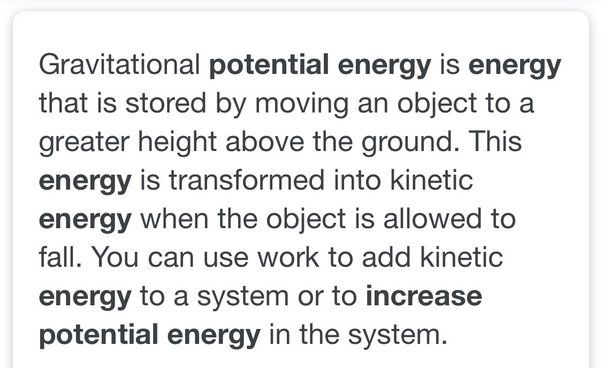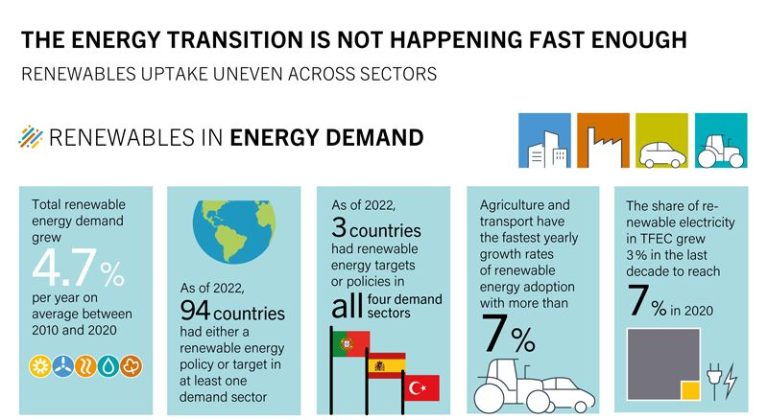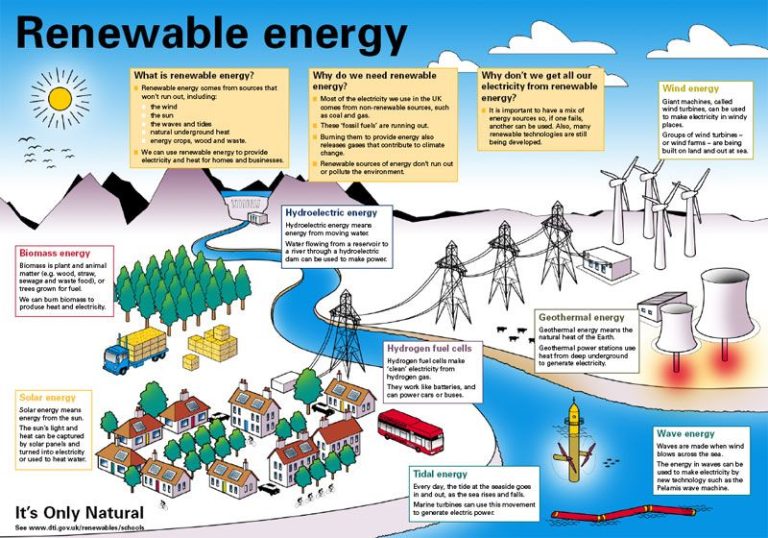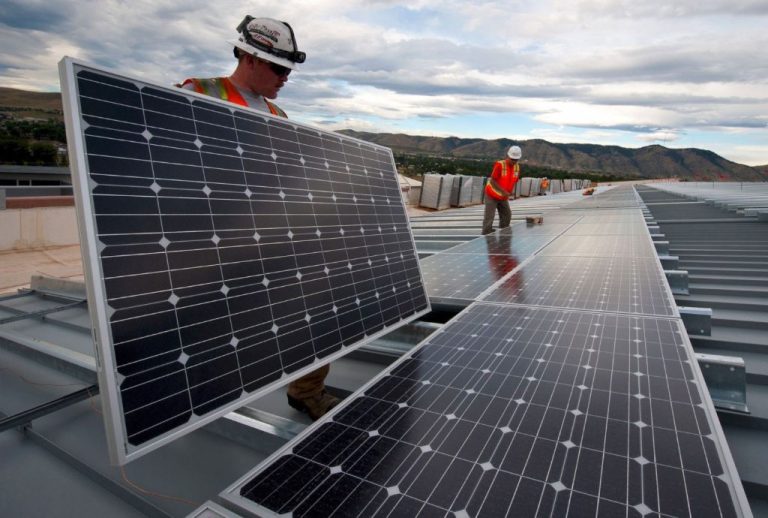What Is 1 Kilowatt Per Hour?
A kilowatt hour (kWh) is a unit of energy that represents the amount of electricity consumed over time. Specifically, a kilowatt hour is the amount of energy generated or used by a power of one kilowatt operating for one full hour. Put simply, a kilowatt hour measures energy usage or production.
Electricity usage is most often measured and billed in kilowatt hours. Understanding what a kilowatt hour represents can help explain electricity bills and how to reduce energy usage. This article will cover the definition of a kilowatt hour, how it is calculated, typical electrical energy usage, utility bills, regional differences, environmental impact, energy savings, and renewable energy.
Kilowatts vs Kilowatt Hours
Kilowatts (kW) and kilowatt hours (kWh) are often confused, but represent different aspects of electricity. Kilowatts refer to the rate of electric power, while kilowatt hours refer to the total amount of electricity used over time.
Kilowatts are a measure of instantaneous power – how fast or strong the electricity is at any given moment. For example, a 1,500 watt hair dryer in use is drawing 1.5 kilowatts of electric power. Kilowatts are like the speed of a car – it tells you how fast it’s going right now.
Kilowatt hours measure the total energy used over time. It’s like the distance traveled in a car. A 1,500 watt hair dryer used for 1 hour consumes 1.5 kilowatt hours of electricity (1,500 watts x 1 hour). Kilowatt hours are the total amount of electric energy used, which is what you are billed for on your utility statement.
So in summary, kilowatts refer to the rate of electric power, like the speed of a car. Kilowatt hours measure the total energy used over time, like the distance traveled in a car. Kilowatts are instantaneous, while kilowatt hours accumulate over time.
Calculating Kilowatt Hours
A kilowatt hour is a unit of energy that represents the amount of electricity consumed over time. The kilowatt hour calculation helps determine electrical power consumption by taking into account the power rating of an appliance and the amount of time it runs. Here is the basic formula to calculate kilowatt hours (kWh):
kWh = Power (kilowatts) x Time (hours)
For example, if you use a 100 watt light bulb for 10 hours, the kWh calculation would be:
kWh = 0.1 kW x 10 hrs
kWh = 1 kWh
So running a 100 watt bulb for 10 hours consumes 1 kWh of electricity. If you use multiple appliances, you simply add up each kWh calculation. This provides a useful way to quantify electric energy consumption and determine the operating cost according to utility rates.
Electrical Energy Usage
Typical household appliances and equipment use electricity measured in kilowatt hours. Here are some examples of average kWh usage:
Refrigerator – Uses about 720 kWh per year for a 20 cubic foot unit. Newer Energy Star models average around 400 kWh per year.
Clothes dryer – Uses around 664 kWh per year for an electric model. Gas dryers use much less energy.
Dishwasher – Uses about 307 kWh per year, with newer Energy Star models averaging around 240 kWh.
Televisions – Average around 155 kWh per year for a 42″ LED TV, but older plasma models use over 300 kWh.
Computers and monitors – A desktop computer uses around 65 kWh per year. LCD monitors average around 28 kWh per year.
Light bulbs – An incandescent bulb uses about 60 kWh per year. LED bulbs average around 7 kWh per year.
Air conditioning – Central air conditioning uses an average of 1,500 kWh per year in a 2,500 square foot home. Window units use less.
Knowing the kWh usage for home appliances and equipment helps understand electricity consumption and find ways to conserve energy.
Utility Bills
One of the most common ways you’ll encounter kWh in everyday life is on your electricity bill from the utility company. Your bill shows how many kWh your home or business used over the billing period, typically one month. The kWh usage is then multiplied by the rate per kWh to calculate the total amount owed.
For example, let’s say your electricity bill shows you used 500 kWh last month. If your utility charges $0.12 per kWh, you would calculate your bill as follows:
500 kWh x $0.12 per kWh = $60
So your total bill for the month would be $60 for 500 kWh of electricity usage. The more kWh you use in a month, the higher your bill will be. Understanding the kWh usage and rate is key to controlling your electricity costs.
Regional Differences
Electricity usage, measured in kilowatt hours (kWh), can vary significantly between different regions and countries around the world. This is due to differences in climate, standard of living, types of industry, and access to electricity.
For example, colder regions like Canada and Scandinavia use more electricity for heating during the winter months compared to tropical regions like Southeast Asia. Air conditioning use in hot climates also boosts electricity consumption.
Developed countries with high standards of living tend to use more electricity per capita. The average American home uses about 900 kWh per month, while the average European home uses 500-600 kWh. In developing countries, kWh usage is often much lower due to less access to electricity.
Industrialized economies also consume more electricity overall, as energy-intensive industries like manufacturing, mining and steel production require enormous amounts of energy. Countries with greater reliance on services rather than industry tend to use less electricity per capita.
Access to electricity varies widely around the world. Developing countries in Africa and parts of Asia often have electrification rates below 50%, pushing down per capita kWh usage compared to developed nations where electricity access is universal. Even within countries, rural areas consume less electricity than urban areas.
Environmental Impact
Burning fossil fuels like coal, oil, and natural gas to generate electricity accounts for over 25% of global greenhouse gas emissions. Energy use and fossil fuel consumption is thus closely linked to a country’s or household’s carbon footprint. The more kilowatt hours consumed, the larger your carbon footprint typically is.
As individuals and nations work to lower emissions and become more sustainable, reducing kWh usage can play an important role. Simple actions like turning off lights, utilizing energy efficient appliances, and weatherizing your home can reduce kWh usage and emissions. Likewise, large scale transitions from fossil fuels to renewable energy sources like solar and wind can drastically cut kWh usage from dirty sources.
Monitoring and understanding your electricity consumption via utility bills can make the kWh figures more tangible. The average US household uses about 900 kWh per month. But more efficient homes can slash this figure significantly through conservation behaviors and technologies. Likewise, reducing household energy use by just 1,000 kWh annually can prevent over half a ton of CO2 emissions.
Saving Energy
There are several ways you can reduce your kilowatt hour usage and improve energy efficiency in your home or business.
Some tips include:
-
Replace incandescent light bulbs with LEDs. LED bulbs use up to 80% less power.
-
Use daylighting techniques like skylights and large windows to reduce the need for artificial lighting during the day.
-
Unplug electronics and chargers when not in use. Many devices still draw power even when turned “off.”
-
Adjust your thermostat a few degrees higher in summer or lower in winter to reduce HVAC usage.
-
Insulate your home or office to prevent heat loss in winter and heat gain in summer.
-
Seal air leaks around windows, doors, ducts, and pipes to improve efficiency.
-
Use energy efficient appliances like refrigerators, washers, dryers, and dishwashers.
-
Enable power management features on computers and monitors.
-
Use cold water for laundry and limit clothes dryer usage.
-
Replace old HVAC systems with newer, high-efficiency models.
-
Install low-flow faucets, showerheads, and toilets to reduce hot water usage.
Implementing some of these tips can lead to significant energy savings over time, reducing your electricity usage and costs.
Renewable Energy
Switching to renewable energy sources like solar and wind is one way to generate electricity and reduce your kWh usage from fossil fuels. Homeowners can install rooftop solar panels to generate their own clean electricity. The average home solar system generates around 8,000 to 12,000 kWh per year. This offsets daytime use from the grid and any excess generation is sent back into the grid for credit. Many utilities also let customers purchase renewable energy credits (RECs) or sign up for green energy plans to source their electricity from solar and wind farms instead of coal, natural gas, or other fossil fuel plants. On the utility-scale, large solar and wind farms can generate massive amounts of clean electricity. The Topaz Solar Farm in California has a capacity of 550 megawatts and generates over 1.1 million megawatt-hours of electricity from solar energy each year.
Conclusion
In summary, a kilowatt hour (kWh) is a unit of energy that equals the amount of electricity needed to power a device or appliance that draws 1,000 watts (1 kilowatt) for one full hour. Understanding kilowatt hours is important for calculating electrical energy usage and costs. The key points are:
- Kilowatts measure power, or the rate of energy consumption.
- Kilowatt hours measure energy consumption over time.
- To calculate kWh, multiply power (kilowatts) by time (hours).
- Utility bills charge for electricity usage in kWh.
- kWh usage depends on regional energy sources and appliance efficiency.
- Conserving energy by using less kWh reduces environmental impact.
Knowing about kilowatt hours empowers homeowners and businesses to understand their energy use, compare plans and providers, calculate costs, and identify opportunities to improve efficiency and conserve electricity.






